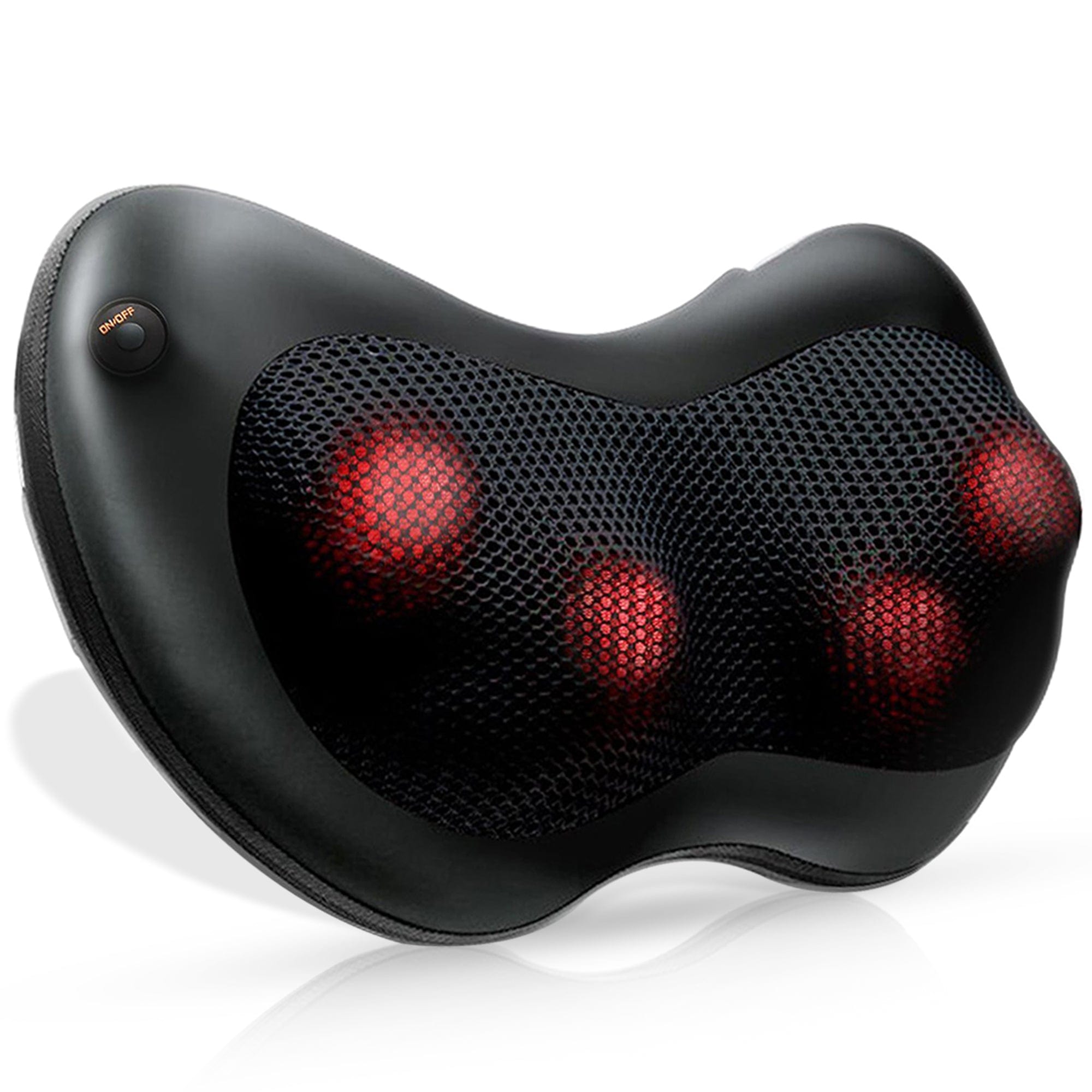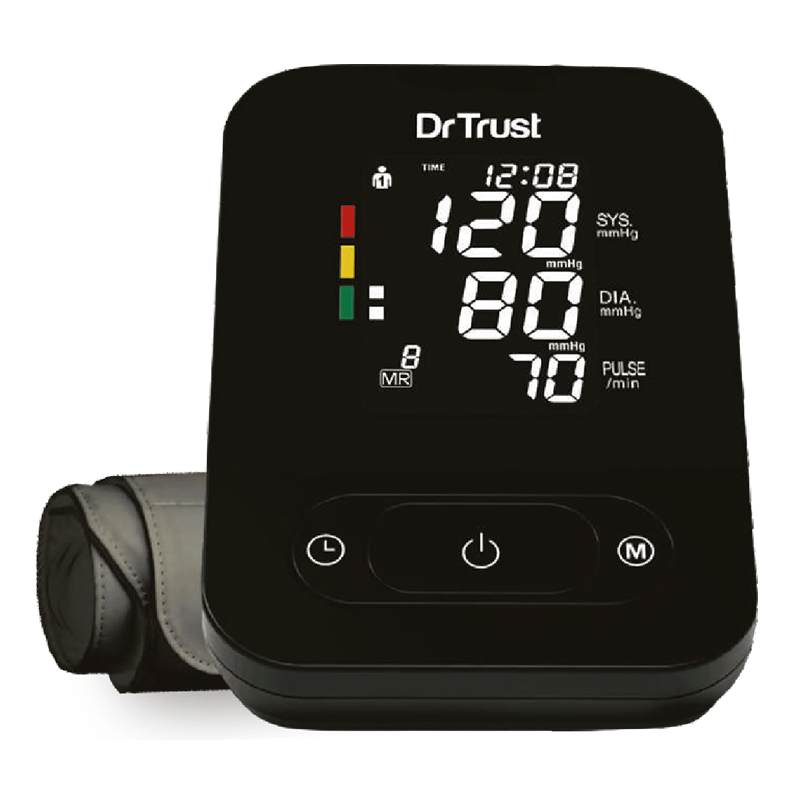Hot and cold therapy are simple and effective methods of treating many types of injuries and conditions. Here is a beginner's guide to understanding the benefits and proper use of hot and cold therapy.
HOT THERAPY
What is hot therapy?
Hot therapy, also known as thermotherapy, involves applying heat to a specific area of the body. This can be achieved through various methods, including hot water bottles, heating pads, warm towels, or hot baths. The heat helps to increase blood flow and loosen up tight muscles, which can reduce pain and promote healing.
When to use hot therapy?
Hot therapy is recommended for injuries or conditions that involve chronic pain or stiffness, such as arthritis, muscle strains, or joint pain. It is also beneficial for warming up muscles before exercise or physical activity.
How to use hot therapy?
To use hot therapy, apply heat to the affected area for 15-20 minutes at a time, up to three times per day. Make sure to protect the skin by placing a towel or cloth between the heat source and the skin, and avoid falling asleep while using hot therapy.
COLD THERAPY
What is cold therapy?
Cold therapy, also known as cryotherapy, involves applying cold to a specific area of the body. This can be achieved through various methods, including ice packs, cold compresses, or cold baths. The cold helps to reduce inflammation and swelling, which can reduce pain and promote healing.
When to use cold therapy?
Cold therapy is recommended for acute injuries, such as sprains, strains, or bruises. It can also be used after exercise or physical activity to help reduce inflammation and soreness.
How to use cold therapy?
To use cold therapy, apply cold to the affected area for 10-15 minutes at a time, up to four times per day. Make sure to protect the skin by placing a towel or cloth between the cold source and the skin, and avoid leaving the cold source on for too long to prevent skin damage.
PRO TIPS
When to alternate between hot and cold therapy?
In some cases, alternating between hot and cold therapy can be beneficial. This is known as contrast therapy and involves using both hot and cold therapy to reduce pain and promote healing. Alternating between hot and cold therapy can help to increase blood flow and reduce inflammation in the affected area.
When to avoid hot and cold therapy?
Hot and cold therapy may not be suitable for everyone. Avoid using hot and cold therapy if you have a skin condition, such as dermatitis or eczema, or if you have impaired sensation in the affected area. It is also important to seek medical advice before using hot and cold therapy if you have a medical condition or are taking medication.
In summary, hot and cold therapy are simple and effective methods of treating many types of injuries and conditions. By understanding the benefits and proper use of hot and cold therapy, you can manage pain and promote healing in a safe and effective way.

















